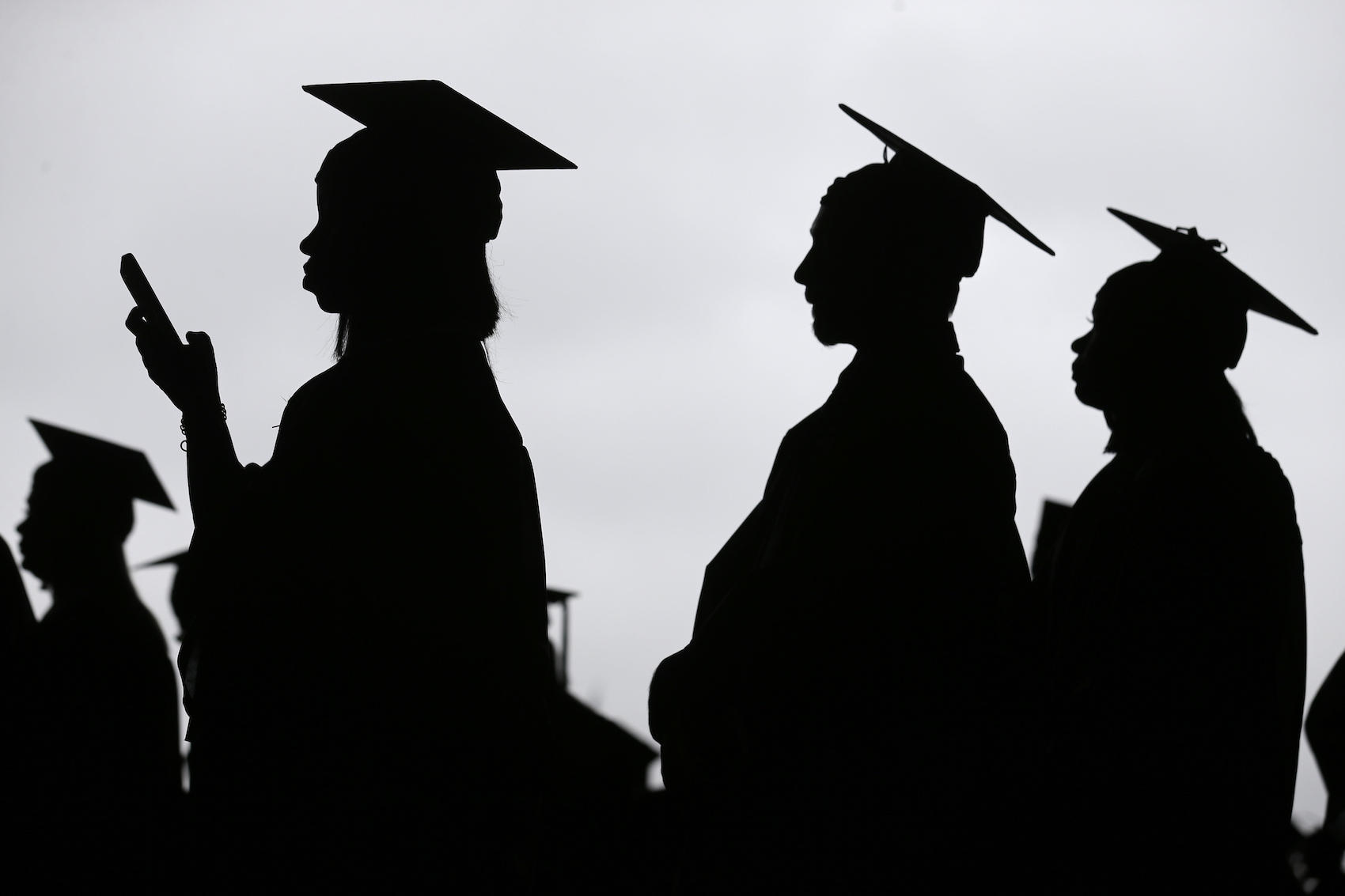RIO DE JANEIRO, BRAZIL – Some three weeks ago, China, the birthplace of the novel coronavirus, launched an organized process to restart lessons after four months of suspension due to the pandemic.
For now, 40 percent of students, mostly in high school, have returned to classes. To attend, they are required to follow a strict temperature check system three times a day, clean shoes, change masks, and social distancing measures.
There is concern about a second wave of infection, which will lead to another quarantine and further increase the impacts of Covid-19 on global education. France reported 70 recent cases of coronavirus linked to schools in the week after 150,000 students returned to class.

Globally, 1.5 billion students have been out of the classroom because of the disease, according to a survey conducted by the consultancy Bain & Company.
Over the past four months, 191 countries have implemented widespread school closures. In some countries, such as the United States and Australia, the decision was for localized closure.
In most countries, the alternative found to ensure some form of learning was to invest in distance education, but despite the creativity of educators, full distance learning cannot replace face-to-face learning, according to experts.
“All educational efforts are both necessary and desired, but they mitigate the suspension effects of classes. By definition, it will compromise learning to some extent,” says Ricardo Henriques, superintendent of the Unibanco Institute, a Brazilian organization focused on public policies for education.
According to the Organization for Economic Cooperation and Development’s (OECD) assessment in the document “A framework to guide an education response to the COVID-19 Pandemic of 2020,” limitations on teachers and students’ ability to meet physically “are likely to limit students’ learning opportunities during the period of social isolation”.
According to real-time monitoring by UNESCO, the United Nations education agency, there are still 1.2 billion students at home worldwide.
Vulnerable children and youths
Controlling dropouts and tracking student learning during the Covid-19 pandemic are among the concerns of educators worldwide. For vulnerable students in particular, school closures entail high social and economic costs.
In a guidance document to education authorities at the global level, UNESCO writes that the absence of a school system “exacerbates disparities existing in education systems, but also in other aspects”.
The UN agency cites as examples interrupted learning, malnutrition, parents unprepared to educate their children at home, increasing dropout rates, higher rates of domestic violence and exploitation, and difficulties in measuring and assessing distance learning.
Authorities in developing countries, such as Brazil, were forced to devise ways to ensure the provision of school meals, despite the suspension of classes. Implementing accessible content models for those without Internet access was another required effort.
According to the United Nations Children’s Fund (UNICEF), at least one in three youths between the ages of 12 and 24 do not have Internet access. In Brazil alone, there are 4.8 million children and adolescents who do not own a computer.
“I couldn’t enforce a specific learning platform, because then I wouldn’t be able to reach the most vulnerable students. Today, we have lessons on YouTube, open TV, radio, podcast, Instagram, Facebook, WhatsApp, everything you can imagine,” says Felipe Camarão, the Maranhão State Secretary of Education.
The Secretary says it will only be possible to gauge the impact of this time away from the classrooms in the post-pandemic period. “Our greatest fear today is not the lack of progress in student education, but rather the regression in learning. We will only know in a while, when we test the entire network to assess the extent of the damage,” he says.
Source: Exame

